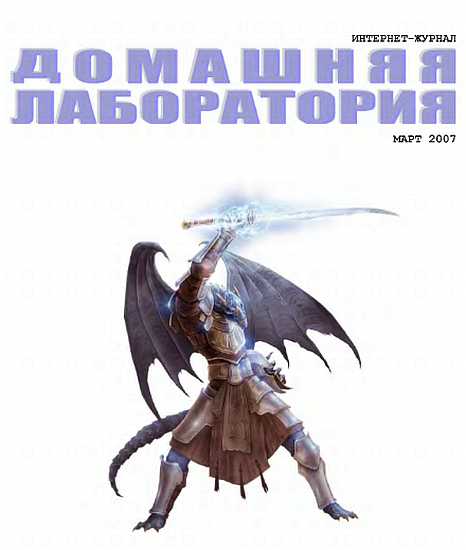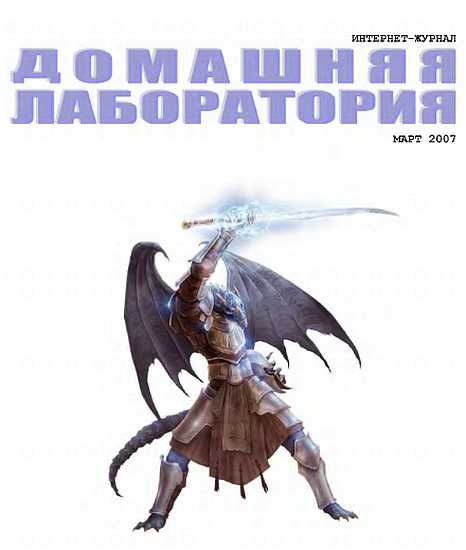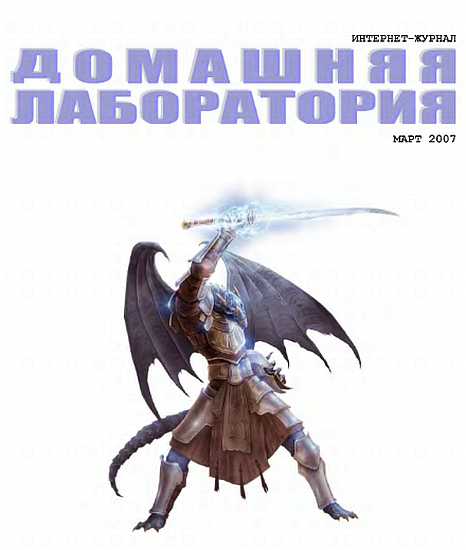of rubber band to try.
• Make sure everything is very clean. Dirt and grease can be slightly conductive, and that will be enough to make the device fail.
• Make sure the top brush is touching the metal of the can.
Some cans have a plastic coating inside. Scrape it off (or burn it off) to make a better connection.
• Make sure there are no sharp points extending outside the can. It is OK to have sharp points pointing inside the can, from the cut part of the top. Sharp points cause corona losses.
• Make sure the brushes are not touching the rubber band. This will put a coating of copper on the rubber, and make it conductive.
• Make sure you have a good ground connection.
• Make sure the motor is spinning fast.
Check our Message Board for more ideas, and be sure to search for "VDG" and "rubber band" to get all of the messages. Since people can't spell Van de Graaff, you may want to try various spellings.
Some fun with the Van de Graaf generator
One of the fun things to do with a Van de Graaff generator is to show how like charges repel.
We take a paper napkin, and cut thin strips of the lightweight paper. We then tape the ends of the paper together at one end, and tape that end onto the Van de Graaf generator.
The effect will look somewhat like long hair cascading down the soda can.
Now turn the Van de Graaff generator on. The thin strips of paper all get the same charge, and start to repel from one another. The effect is "hair raising". The strips start to stand out straight from the can, like the hair on the back of a scared cat.
A high voltage ion motor
This motor is very simple to build, and goes together in a few minutes. All you need is two pieces of wire, the small metal cap from the fuse we took apart in the previous project, and some cellophane tape.
The motor creates an ion wind that spins it around like a helicopter.
First, take one piece of wire (a straightened paper clip will do), and cut the end at an angle so it is sharp. Bend the other end into a rough loop or triangle, so the wire will stand up with the sharp point facing straight up. A little tape will help hold it onto the table, or a block of wood.
The armature (the part that spins) is made from the other piece of wire and the metal cap we saved when we took apart the fuse. Sharpen both ends of the wire by cutting the ends at a diagonal, like we did with the base wire. Bend the wire into an S shape. The pointed ends of the wire should point at 90 degrees from the center straight part of the wire.
Attach the metal cap to the center of the wire with tape. Place the cap onto the pointed end of the base wire, and bend the S shaped ends of the armature wire down, so it will balance easily on the sharp end of the base wire.
The armature should now spin freely if you tap it gently.
Connect a source of high voltage to the base wire using an alligator clip or a wire. The high voltage source can be the Van de Graaff generator, or just a couple square feet of aluminum foil pressed against the front of your television set, as we did in earlier projects.
As the high voltage is turned on, the armature will start to spin in the direction away from the sharp points. The Van de Graaff generator may need a good ground, or a person holding onto the ground wire. The television will give the motor a good kick every time it is turned on or off, and turning it on and off every second will get it spinning quite rapidly.
How does it do that?
The motor works by ionizing the air, and then pushing against the ionized air.
As we explained in the previous project, electric charges are concentrated by sharp points. The sharp points on the ends of the armature concentrate the charges so much that the air around the points becomes charged as well.
Since the air has the same charge as the wire, the two repel one another. You can actually feel a small wind coming from the sharp point. As the wire pushes on the charged air, they both move away from one another. The air blows away, and the wire spins.
Растворители и разбавители
ОСНОВНЫЕ ТЕХНИЧЕСКИЕ ХАРАКТЕРИСТИКИ
Силовые трансформаторы обеспечивают напряжением цепи накала радиоламп и кинескопа, а также выпрямители блока питания. Многофункциональность силовых трансформаторов, различные принципиальные схемы и конструкции телевизоров, в которых они применяются, обусловили большое их разнообразие по электрическим и конструктивным данным.
В соответствии с действующей нормативно-технической документацией условные обозначения трансформаторов состоят из следующих элементов: первый элемент — буква Т — трансформатор; второй — буква С — силовой; третий — двух- или трехзначное число, обозначающее вторичную мощность трансформатора в вольт-амперах; четвертый и пятый — цифра и буква — необязательные, элементы обозначающие соответственно порядковый номер разработки и конструктивные особенности. Например, ТС-250-2— трансформатор силовой, с вторичной мощностью 250 В А, порядковый номер разработки — второй.
Магнитопроводы ТС в зависимости от конструкции делят на стержневые (П-образные) и броневые (Ш-образные), Броневые магнитопроводы могут быть также «уширенного» типа и обозначаются УШ. Магнитопроводы изготовляют из





